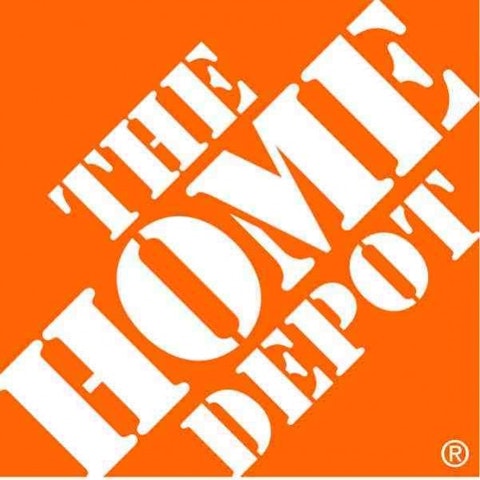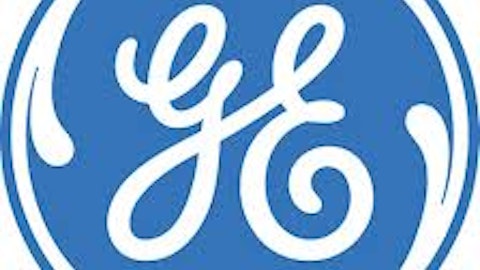“We ended the year with a strong performance as our business benefited from a continued recovery in the housing market coupled with sales related to repairs in the areas impacted by Hurricane Sandy,” said Frank Blake, Chairman & CEO of The Home Depot, Inc. (NYSE:HD).“I’d like to thank our associates for their hard work and dedication.”
Sneak peek
The Home Depot, Inc. (NYSE:HD) reported its better-than-expected earnings on Tuesday, Feb. 26, 2013, and gave very bullish statements on the future. Sales for fiscal 2012 were $74.8 billion, an increase of 6.2% from fiscal 2011. Management raised its dividend by 23% and announced a $17 billion share-repurchase program, an indication that housing is getting better, which is great for the economy.

This has definitely raised some eyebrows bout whether or not it is the right time to buy some shares of Home Depot.
Let’s dig in deeper
The company reported sales of $18.2 billion for the fourth quarter of fiscal 2012, a 13.9% increase from the fourth quarter of fiscal 2011. An index of homebuilders climbed 1.5% as home sales increased more than forecast.
The board of directors of the world’s largest home improvement retailer announced a 34% increase in its quarterly dividend to $0.39 cents per share. The Home Depot, Inc. (NYSE:HD) jumped 5.3% after it raised its dividend and approved a $17 billion share buyback amid better-than-estimated earnings. This is the fourth time that the company has increased its dividend in as many years. This shows that it is moving in line with its targeted dividend payout of 50%. The dividend is payable on March 28, 2013, to shareholders of record on the close of business on March 14, 2013.
“The dividend increase is a testament to our commitment to create value for our shareholders,” said Blake.
The Home Depot, Inc. (NYSE:HD) has an attractive Price-to-Sales ratio of 1.6 and a reasonable Price-to-Earnings ratio of 23. Its stock price has shown steady appreciation over the last year. The presence of a 14th week in the last quarter added approximately $1.2 billion in sales for the quarter and the year. Net earnings for the fourth quarter were $1.0 billion, or $0.68 per diluted share–whereas in the same period of fiscal 2011 net earnings were $774 million, or $0.50 per diluted share. The 14th week increased earnings per diluted share by approximately $0.07 for the quarter and the year.
Also the company’s service business continues to recover with double-digit growth. Moreover, the company reported strong sales on Black Friday, which drove record performance.This will mark the 104th consecutive quarter for the company paying a cash dividend. The company has an excellent record of returning more than $37.5 billion of cash to shareholders through repurchases, repurchasing approximately 1 billion shares, since 2002.
The complete earnings press release can be found here: Q4 2012 Home Depot Earnings Release (PDF)
Too many numbers, huh? Let’s loosen up a bit.
The face off
Lowe’s Companies, Inc. (NYSE:LOW) provides some tough competition to The Home Depot, Inc. (NYSE:HD). Lowe’s Companies, Inc. (NYSE:LOW) also recently reported its fourth-quarter earnings, which were better than expected, but the guidance for 2013 was disappointing.
Same store sales were up by 1.9% at Lowe’s Companies, Inc. (NYSE:LOW), which is not bad. Meanwhile, The Home Depot, Inc. (NYSE:HD)’s same store sales had a gain of 7% when the Street was just looking for 4%. In fact, this is Home Depot’s best since 2004. This has resulted in the widest gap (of 520 basis points) in more than 13 years between the two companies on this vital key metric. Even when compared on the grounds of sales per square foot, Home Depot has a better report card. Home Depot’s sales per square foot were $318, up 13.3% from the bottom, whereas at Lowe’s these were much lower at $256.52, up only 3.2% from the bottom.
Furthermore, the gross margin at The Home Depot, Inc. (NYSE:HD) was 60 basis points higher than at Lowe’s Companies, Inc. (NYSE:LOW). It has also managed to bring down costs, and its buybacks shows that the company is optimistic about the future.
A look at some peers
Steadily moving forward, The Home Depot, Inc. (NYSE:HD) is gaining a monopoly over housing solutions. Other followers like Menard and True Value are smaller players in the race.
According to sales, Menard is believed to be the third largest home improvement company in the US, after Home Depot and Lowe’s. It was also ranked 42nd on Forbes list of “America’s Largest Private Companies” in 2009. On the other hand True Value (formerly TruServ) is relying on the true value of service. It serves more than 5,000 retail outlets in some 54 countries.
Both these companies are not publicly traded. Looking at the present statistics, Home Depot holds a firm market position with no potential danger from its peers.
The disguised boon
While residents of New York and New Jersey experienced the pain of Hurricane Sandy, it proved to be a disguised boon to Home Depot’s sales figures, as the company benefited from increased sales of products for aiding in recovery.
It was noted during the earnings release that the New Jersey and New York regions were the company’s best performing areas, as customers purchased products for repairing and rebuilding. The increased sales due to Hurricane Sandy were approximately $242 million. Also, the company expects to see continued sales due to the Hurricane through the first half of the year, said the Executive Vice President of Merchandising, Craig Menear.
More saving. More doing.
Other negatively affected areas of the U.S., like Florida, California and Arizona, are experiencing recovery. However, the company does not expect to see the housing market fully recover in 2013. Home Depot’s sales in Canada and Mexico performed well, with the company now having 100 stores in Mexico. The company has plans to continue expanding its appliance product offering in 120 more stores in 2013.
It reported plans of operating margin expansion of approximately 65 basis points with share repurchases of approximately $4.5 billion, capital spending of approximately $1.5 billion, and cash flow from the business of approximately $7.2 billion for the fiscal 2013.
Analysts summarize that under the leadership of CEO Frank Blake, Home Depot is simply a much better-run company than Lowe’s. Other catalysts that have worked for the company includes better locations, a more aggressive buyback program, and its increased dividend.
All in all, I’m looking forward to some good returns from the company’s high performance. Home Depot leaves a strong impression on investors by truly living up to its tagline ‘More saving, More doing.’
The article Is Now the Time To Buy This Home Improvement Company? originally appeared on Fool.com and is written by Rishabh Jain.
Copyright © 1995 – 2013 The Motley Fool, LLC. All rights reserved. The Motley Fool has a disclosure policy.




